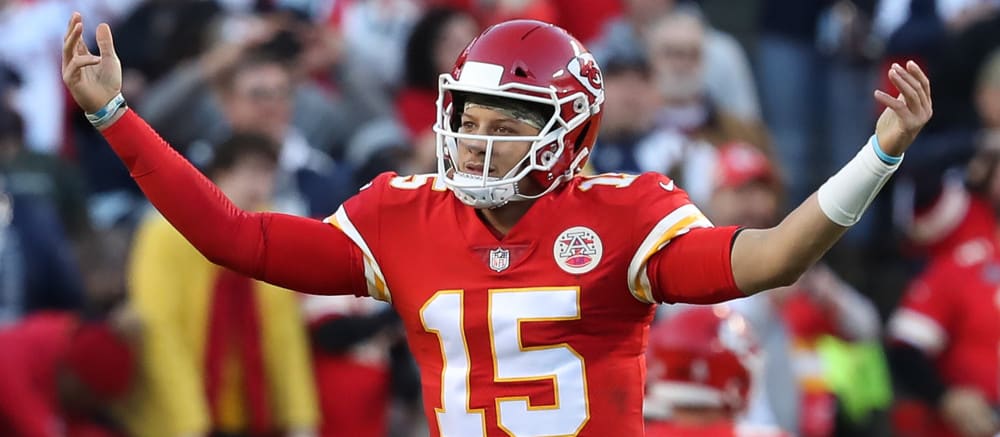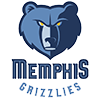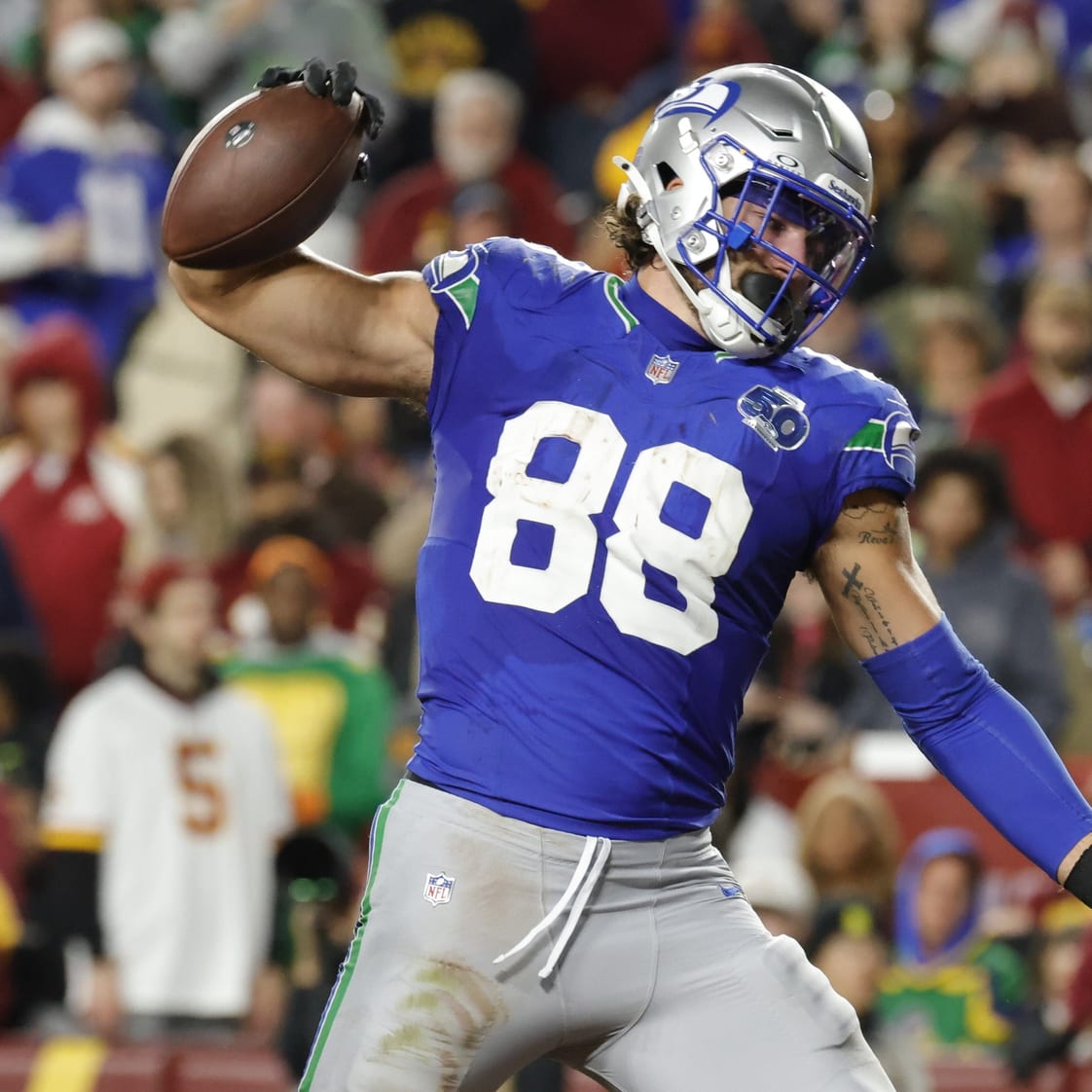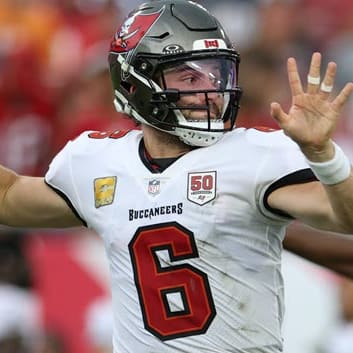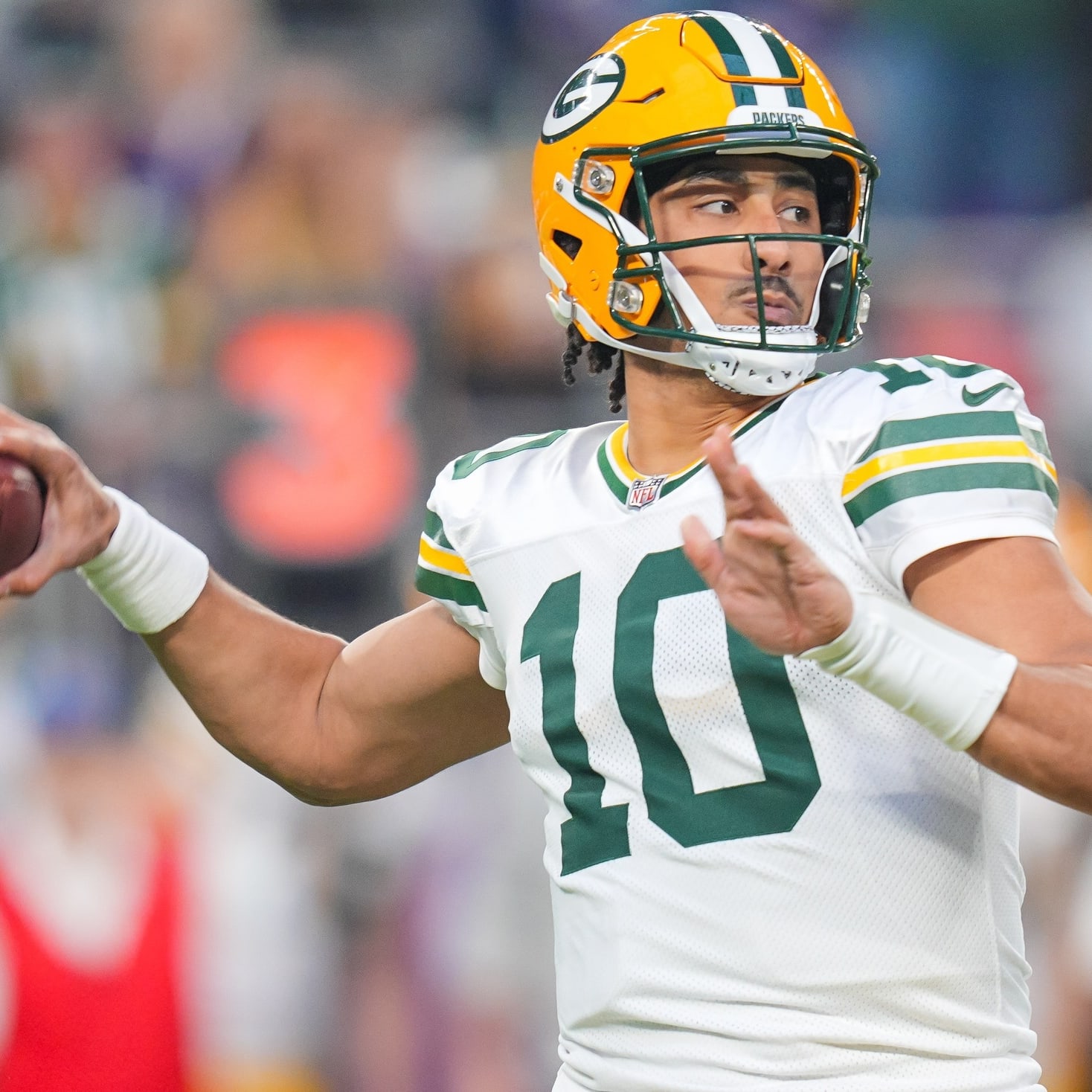The NFL Draft is less than a month away. Many teams need a franchise quarterback. Each of the teams with a top-three pick desperately needs a star at the most important position in sports. In this article, we'll look at the short-term picture of this year's draft. In addition, we'll focus on some long-term trends and then see how likely teams are to fill their need at quarterback.
Draft Day Decisions and Long-Term Impact on NFL Teams
After hitting on a franchise quarterback in the draft, that team typically gets three cheap years before having to sign the player to a lucrative long-term deal. Over the years, many teams have had great success during those three years of having an affordable quarterback. In those situations, teams can load up their roster at other positions. That luxury typically cannot occur when a team pays the quarterback top dollar.
Conversely, making a mistake by drafting a disappointing quarterback usually keeps that team from improving in the short term. In addition to drafting a quarterback who is incapable of lifting a team, that franchise also misses out on drafting a premium player at a different position.
Currently, eight NFL teams are likely thrilled that they have a quarterback who may be able to take them to the Super Bowl. Of those eight players, only one of them was the first quarterback taken in their respective drafts. Let's look at the top-five quarterback situations while also noting some of the draft mistakes that other teams made by selecting a lesser QB.
Patrick Mahomes, Kansas City Chiefs
In 2017, the Chiefs traded up to the No. 10 overall pick to select Mahomes. Even before Kansas City signed Mahomes to a 10-year, $450 million deal in 2020, they were competing for Super Bowls. With Mahomes being one of the best players we've seen, the Chiefs have been able to continue winning despite paying huge money to their quarterback.
Draft mistakes: Aside from nine teams passing on Mahomes in 2020, the Bears were the biggest loser. Chicago was the only team to take a quarterback before Mahomes. With the second pick in the 2017 draft, the Bears chose Mitch Trubisky.
Josh Allen, Buffalo Bills
In 2018, the Bills used the seventh pick in the draft on Allen. After a pair of rocky seasons, the QB broke out in his third season. If Buffalo was not in the same conference with Patrick Mahomes, it's possible the team would have either made or won a Super Bowl. After the 2020 season, the Bills signed Allen to a six-year $258 million deal. In each passing year, the team has been unable to retain many key pieces. Going into 2024, Buffalo may be further away from a Super Bowl than they were in any of the last three years.
Draft mistakes: Earlier in the 2018 draft, the Browns selected Baker Mayfield at No. 1. Also, the Jets drafted Sam Darnold with the third overall pick. Both teams have had moderate levels of success in the years since. Neither team has been a serious contender for the AFC title in those six seasons while both quarterbacks have been on multiple teams in their careers.
Lamar Jackson, Baltimore Ravens
Also in the 2018 draft, the Ravens traded up to secure the last pick of the first round. That trade allowed Baltimore to have access to the fifth-year option on their quarterback's contract. Jackson won the league MVP award in 2019. Otherwise, the Ravens have not been able to get past the second round of the playoffs. The team didn't have to pay Jackson big money until 2024. As each year passes, it may be difficult for Baltimore to keep a great roster around him.
Draft mistakes: As mentioned above, Mayfield, Darnold and Allen were taken early in the first round of the 2018 draft. After Allen, Josh Rosen was taken with the 10th overall pick. Most of the teams in the league passed on Jackson. The teams that valued him outside the top four quarterbacks in that draft (except for Buffalo) clearly underestimated Jackson and missed out.
Joe Burrow, Cincinnati Bengals
Of the eight teams on this list that are thrilled with their quarterback, Burrow was the only one to be selected with the No. 1 overall pick. That is stunning because so many drafts begin with the selection of a quarterback. Injuries to Burrow in multiple seasons kept the Bengals from contending. When Burrow was fully healthy, he showed he could beat the Chiefs and take Cincinnati to the Super Bowl. Now that the Bengals are paying their quarterback big money, they will begin to struggle to put a great roster together unless they hit big in the draft.
Draft mistakes: None of note
Jalen Hurts, Philadelphia Eagles
The Eagles drafted Hurts with the No. 53 overall pick in 2020. Of the eight teams highlighted in this article, Hurts was the only second-round pick. In his third season, Hurts helped lead the Eagles to a Super Bowl. Playing on a very inexpensive deal, Philadelphia had an all-star team around him. Now that the Eagles are paying Hurts top dollar, the team no longer has a complete roster. In the 2024 offseason, the organization added Saquon Barkley. It seems that the Eagles doubled down on their offense in the hopes of outscoring teams and getting back to the Super Bowl.
Draft mistakes: During the 2020 draft, three quarterbacks were taken ahead of Hurts. Since those QBs were Joe Burrow, Tua Tagovailoa and Justin Herbert, none of those teams seemed to make a big mistake. Of course, many teams that were in need of a high-level quarterback passed on Hurts.
Teams in Significant Need of Quarterback Help
As mentioned earlier, about a quarter of the league is thrilled with their franchise quarterbacks. Going into the 2024 draft, seven teams (almost another quarter of the league) have varying levels of desperation at the position.
Many draft analysts have identified three quarterbacks as top options in the 2024 draft. The group of Caleb Williams, Jayden Daniels and Drake Maye are being projected by many to be selected in the first three picks of the draft.
In addition, there are three other quarterbacks who a number of draft analysts believe will be selected in the first round. This second group consists of J.J. McCarthy, Bo Nix and Michael Penix, Jr.
The history of the draft teaches us that it is extremely unlikely that more than a couple of these six quarterbacks may be Super Bowl caliber. Also, it is just as likely that the best quarterback of the group will not be the first one selected. Finally, it is very likely that at least half of the six quarterbacks will not be long-term starters in the NFL.
In this month's draft, three of the seven NFL teams that are desperate for QB help happen to have the top three overall picks. If none of these teams makes a trade, it is very likely we will see each of these teams select their new QB.
- Picking first is the Bears. During the offseason, they traded Justin Fields to the Steelers. Sitting atop the Chicago depth chart is Tyson Bagent. There seems to be no chance the Bears will trade the pick. The last time the team selected a QB with a top-two pick, they drafted Mitch Trubisky. Chicago has never had a superstar under center. Will this be the year that changes?
- With the second pick in the draft, the Commanders will be on the clock. Currently, Washington has Marcus Mariota as their listed starter. In the offseason, the team traded away Sam Howell. It seems very unlikely that the Commanders will pass up on taking a quarterback here.
- In 2021, the Patriots used the 15th pick in the draft on Mac Jones. In the offseason, Jones was dealt to Jacksonville. Also, New England brought in 31-year-old Jacoby Brissett on a one-year deal. Clearly, Brissett is not a long-term answer. If the Patriots believe their No. 3 overall pick will provide them with a franchise quarterback, they would be foolish to trade back. However, if the team does not believe in whichever quarterback falls to them, they could trade back. By trading, they could acquire additional assets to help them build up their team.
- The wildcard team in this group is the Vikings. Currently, Minnesota has Sam Darnold on a one-year contract. However, going into March, the Vikings had the No. 11 pick in the draft. If they were hoping for even a top-four quarterback in this year's class, it would be unlikely the player would be available. On March 15, Minnesota made a trade with the Texans that gave them the No. 23 pick as well. Armed with two first-round picks, the Vikings could trade up. If they are looking to acquire one of the QBs outside the presumed top three, those two picks may be enough. Also, if one of the top three teams is not interested in drafting a QB, the Vikings may be the team best positioned to make a deal to move up.
- It's unlikely the Broncos want to go into the season with Jarrett Stidham as their long-term answer at quarterback. However, they currently pick at No. 12. If they have a high grade on a player who falls to them, Denver could use their pick to address the position.
- The Raiders are in a similar situation to the Broncos. Last year, Aidan O'Connell was a pleasant surprise for a fourth-round draft pick. That said, he didn't seem to show enough for the team to consider him a future star. With Las Vegas picking at No. 13, they may not be able to get up high enough in the draft to get a top-three quarterback. Like Denver, if a player they graded high falls to them, the Raiders could use that first-round pick on that player.
- Last year, the Giants signed Daniel Jones to a four-year, $160 million deal. However, they can get out of that contract well before it ends. If the Giants decide to try and trade into the top three, they have one advantage over the Vikings, Broncos and Raiders. The advantage is that New York has the No. 6 overall pick, which is at least five spots higher than those teams. A team trading back may value the Giants' pick more than the others.
Cinderella Stories of Previous Late-Round Quarterback Picks
Of course, some of the quarterback-needy teams could take their chances by waiting. Every once in a while, a team spends a third-round (or later) pick on a QB and it turns into gold.
The NFL has not always been a pass-first league. So when looking at the best late-round quarterback success stories, we'll keep this list to players selected since 2000. Also, since so many teams reach for a quarterback early in the draft, any player drafted in the third round or later qualifies as a late-round gem.
Tom Brady
Never say never. Maybe not in this case. There will never be a better draft value than Tom Brady. Selected in the sixth round, pick 199, of the 2000 draft, the Patriots acquired the legend. Do I really need to add anything else here?
Russell Wilson
In the 2012 offseason, the Seahawks brought in free agent QB Matt Flynn from the Packers. Apparently looking for depth and/or competition, Seattle used the 75th overall pick on Russell Wilson. The third-round selection led the team to a pair of Super Bowl appearances, which included one Lombardi Trophy.
Dak Prescott
It's likely the Cowboys were just adding depth to their quarterback room in the 2016 draft. In the fourth round, specifically the 135 pick, Dallas selected Dak Prescott. Although the team has yet to have significant playoff success, Prescott has been one of the best draft-day values we've seen.
Brock Purdy
Anytime a quarterback is drafted at pick No. 262 (Mr. Irrelevant) and even starts one NFL game, that is a success. It can be argued that Purdy is just a cog in a machine. This isn't the time for that. In terms of draft day steals, Purdy has done enough in two years to qualify. Also, remember that the 49ers were reeling after they used the No. 3 overall pick the year before on Trey Lance. Had they not struck gold with Purdy, the 49ers' organization may look very different right now.
Kirk Cousins
In 2012, the Washington franchise drafted two quarterbacks. The team assumed they had their franchise QB with the No. 2 overall pick (Robert Griffin III). Deciding to add depth in the same draft, the team used their fourth-round pick (No. 102 overall) on Kirk Cousins. Soon to turn 36, Cousins has been a strong starter in the NFL for over a decade.
Ryan Fitzpatrick
Although he was never a star, Fitzpatrick was a solid quarterback for a long time. Back in 2005, the Rams used a seventh-round (No. 250 overall) pick to add QB depth. Although Fitzpatrick only played in five games for the Rams, he played for 16 years. During that time, he was on nine different teams.
Scouting Process
It would be wonderful to say how great the NFL teams are at player scouting. Everyone knows that the quarterback position is the most valuable in all of sports. Unfortunately, history has taught us that many of the quarterbacks who were drafted the highest never became what those teams hoped for. As noted above, with very few exceptions, the first QB selected in every draft was not the best one in his class.
As a reminder, since 2014, eight quarterbacks have been selected with a top-three pick and have been considered some level of bust. Here is the list:
- Blake Bortles (2014, Jacksonville)
- Jameis Winston (2015, Tampa Bay)
- Marcus Mariota (2015, Tennessee)
- Carson Wentz (2016, Philadelphia)
- Mitch Trubisky (2017, Chicago)
- Baker Mayfield (2018, Cleveland)
- Sam Darnold (2018, New York Jets)
- Zach Wilson (2021, New York Jets)
- Trey Lance (2021, San Francisco)
Combining the QB hits with the misses, it is nearly a coin flip as to whether using a first-round pick on the position will work out as planned. I can confidently say that the teams who inherited busts believed they made the correct choice on draft day.
Salary-Cap Implications of Drafted Players
The NFL has a slotted salary scale for rookies. Players drafted in the first round receive a four-year, fully guaranteed contract. Teams can choose to pick up a fifth-year option on those players as well.
In terms of base salary, the money is very low for first-round picks. However, signing bonus money is much more significant and counts against the salary cap as well. Therefore, the single-year costs below are higher due to the bonuses.
Guaranteed money decreases with each pick that passes in the first round. In 2023, the following applied to the first three quarterbacks selected in the first round.
- Total salary (including signing bonuses): $33.9 million to $37.95 million.
- First year, base salary: less than $1 million
- Second year, base salary: around $1 million
- Third year, base salary: around $3 million
- Fourth year, base salary: less than $5 million
In comparison, Brock Purdy, who was a seventh-round pick made the following:
- Total salary (including signing bonuses): $3.74 Million
- First year, base salary: $705,000
- Second year, base salary: $870,000
- Third year, base salary: $985,000
- Fourth year, base salary: $1.1 million
Overall, rookie contracts are very inexpensive in relation to the salary cap. If a player meets or exceeds expectations at quarterback, the money the franchise saves allows them to potentially build an excellent roster. However, if a quarterback becomes a star quickly, teams usually have to pay that player market value after three seasons. Still, hitting on a first-round quarterback is often the key to a franchise's success.
Conclusion
Fans, analysts and NFL teams will rightfully make the draft a highlight of the year. Everyone is excited about both the potential and the unknown of the year's class of rookies. The discussion will be heated in terms of teams and players. When the draft is over, more predictions will be made. Ultimately, history is the best teacher. Over the years, we have learned that winning a draft can be just as much luck as it is skill. Very few organizations have sustained track records of crushing the draft. Every year, a high percentage of the drafted players are considered busts. Also, players who were not being talked up will become stars. For now, we learn everything we can, make our predictions, enjoy the draft and then watch it all unfold!


